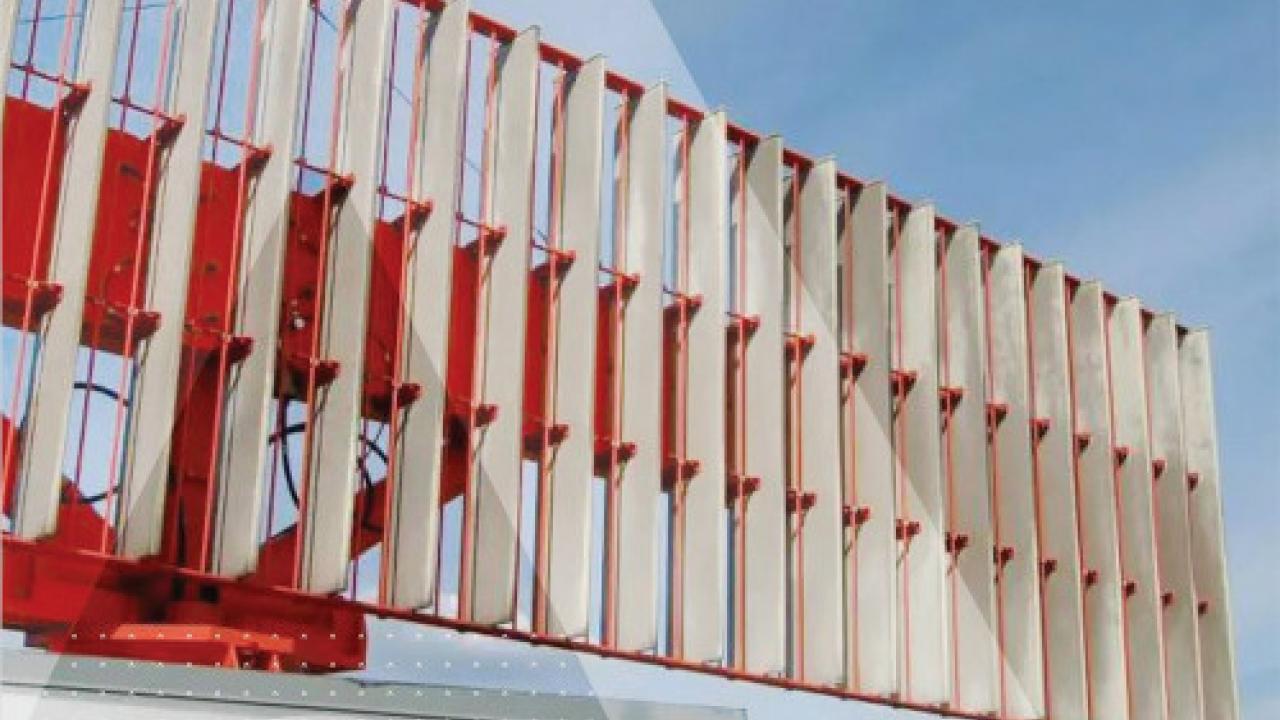Thales launches digital secondary radar for safer air traffic management

Thales has unveiled a new digital secondary surveillance radar, the RSM NG. Image: Thales
The radar leverages the latest digital technologies to bring airports outstanding performances, cyber protection and optimised life-cycle costs.
A meta-sensor approach makes the radar unique. This 2 in 1 sensor ensures the quality, integrity and availability of data provided to Air Traffic Controllers, contributing to the aircraft’s 3 NM separation standards. The RSM NG combines ADS-B and radar (Mode S) data for faster track initialisation providing higher-quality information with reliability.The radar can track up to 2,000 flight tracks and share 64 data outputs simultaneously to different air traffic centres.
Based on international NIST (National Institute of Standards and Technology) framework, the RSM NG is Cyber Secured by design, with a single interface for controlling cybersecurity functions while maintaining the radar’s operational behaviour.
Minimising re-interrogation rates, the RSM NG reduces radio frequency pollution and provides an interference map to facilitate its integration in the environment.
The RSM NG incorporates HUMS capabilities (Health Usage and Monitoring System) for optimised maintenance. Re-engineered to limit life-cycle costs, the radar has a very compact design with 30 % reduction in weight and volume, with now only two electronic cabinets instead of three.
"With more than 50 years of experience in secondary surveillance radars, Thales is constantly investing to lead the latest innovations in the market for air traffic control radars for safer skies. The RSM NG represents no less than 10 patents,” said Marie Gayrel, director of ATC radar activities, Thales
Stay up to date
Subscribe to the free Times Aerospace newsletter and receive the latest content every week. We'll never share your email address.

